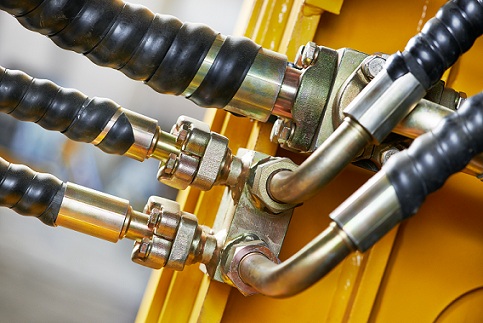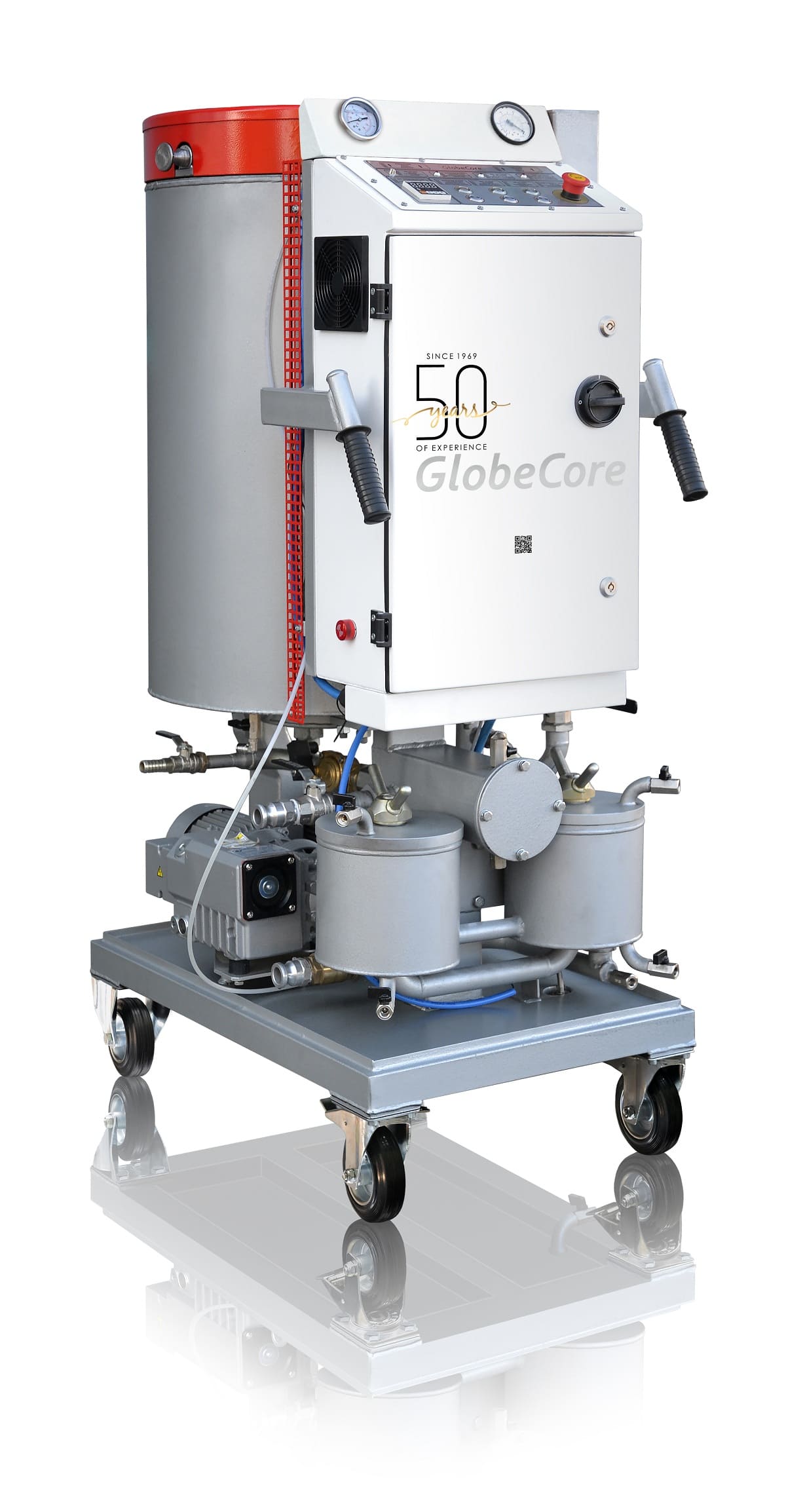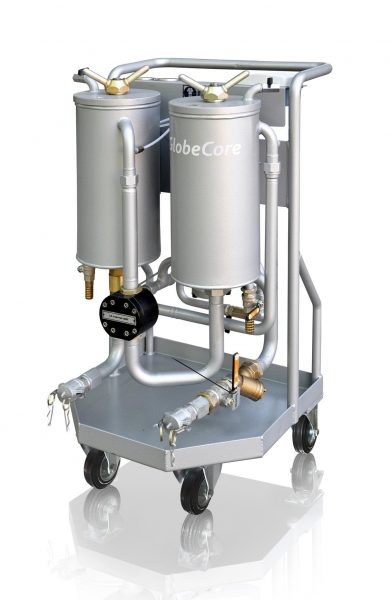Hydraulic oil purification is a mandatory technological operation that must be performed before pouring such oil into equipment and periodically during oil operation.
In most cases, hydraulic oil is used in the equipment which is sensitive to contamination. Terefore, the defined technical requirements for these fluids are clear enough, and product manufacturers try to comply with them.
It’s not so long ago that all main consumers of hydraulic oil (machine tools, presses, etc.) were equipped with special filters with a cell size of 25 to 50 microns. However, this size was not always adequate. It was perfectly suitable for valve-type devices but not enough for systems with narrow passages and low expenditure.
If there is dirt or contaminants, the critical clearance has a direct impact on the functioning of the whole system and its degree of wear. Now there is a stable formed classification of impurities that can cause a critical situation, in accordance with their size and number.
Experts identify primary and secondary contamination degrees of hydraulic fluids. Primary contamination occurs in the system prior to its commissioning and secondary contamination occurs after commissioning.
The value of purity and oil filtration has increased after the connection between contamination and roller bearing service life has been proved.
Hydraulic oil purification by filtration methods
Over the past decades special filters have been used to remove solid particles from hydraulic oil. Depending on the type of production equipment they can be installed:
- in a tank outlet channel to remove contaminants that made it into oil together with air;
- in the upper part of a tank for filtering hydraulic fluid, which is supplied thereto;
- in a tank circuit to improve the level of cleanliness of hydraulic oil;
- in recirculation lines;
- in filter presses that are filtering oil supplied to a pump.
The structure of a hydraulic filter includes a filter element and a contamination indicator. As a rule, the movement of oil through the device occurs from the outside inwards.
The correct choice of cell size depends on the requirements put forward by critical nodes, and is usually performed empirically.
Most often hydraulic systems utilize filters with cell size from 3 to 40 microns. If a device with a cell size of 1, 3 or 6 microns has been selected, attention should be paid to its filter cloth. The matter is that viscous additives and contaminants can simply block the filter.
Hydraulic oil purification machines
GlobeCore has developed a technology that allows removing all the listed impurities from hydraulic oil. This technology is implemented in CMM-LT hydraulic oil purification machines. Solids are removed by multistage filtration with customizable filtration fineness at each level to be selected from a series of 25, 5, 3, 1, or 0.3 microns. Dissolved gases and water are removed by heating and vacuuming. As a result, at the outlet of CMM-LT hydraulic oil purifier, the hydraulic oil purity corresponds to class 14/12 of ISO 4406 and class 6 of NAS 1638, the mass moisture content does not exceed 10 ppm, and the volumetric gas content is not greater than 1.5 %.
CMM-LT hydraulic oil purification machines are easy to operate: training even an inexperienced operator will take a few hours. Another distinсtive feature of this equipment is mobility and compactness. Owing to ingenious design solutions, the dimensions of CMM-LT hydraulic oil purifiers allow moving them through standard doorways which is particularly convenient in the settings of production workshops or oil facilities.
Periodic hydraulic oil purification and hydraulic oil filtration with the use of GlobeCore technology allows:
- extending the service life of hydraulic oils;
- reducing the number of hydraulic oil disposals;
- maintaining the equipment operation reliability;
- minimizing the probability of corrosion in hydraulic systems;
- saving money on unscheduled maintenance and repair of equipment that fails due to hydraulic oil contamination.


 CMM-1.0LT Transformer Oil ...
CMM-1.0LT Transformer Oil ... CMM-4,0F Oil filtration ...
CMM-4,0F Oil filtration ...